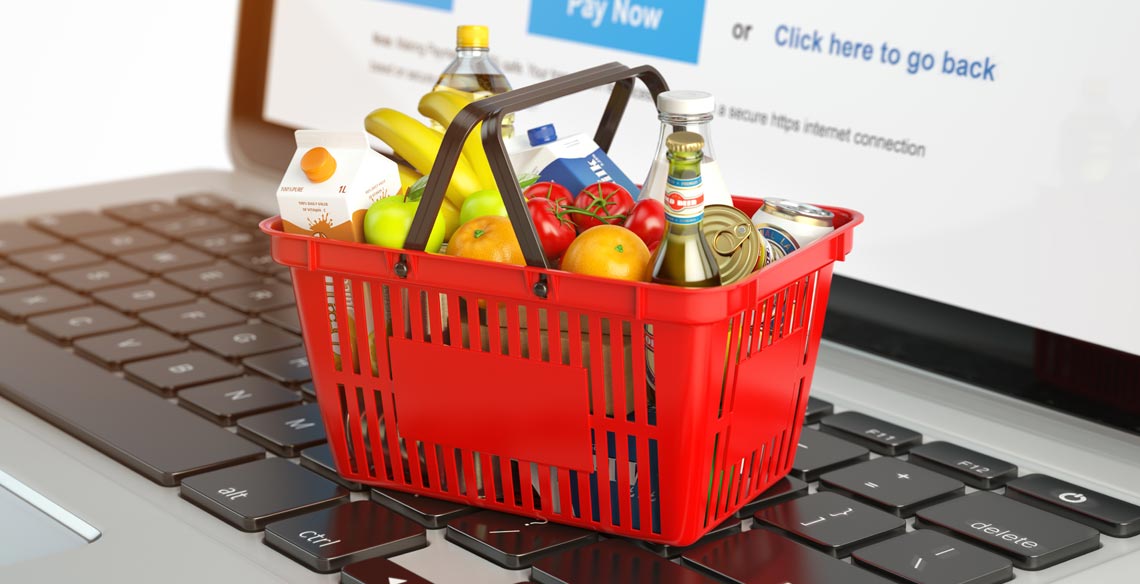We all go grocery shopping. While a lot has changed in the last few years on how and where we can buy groceries (home delivery, big wholesale clubs, online) – coupons, price matching and weekly ads are still part of the shopping experience. However, the 21st Century way of shopping isn’t your grandma’s way of buying groceries.
1. Weekly Ads
Weekly ads have been around forever – but now you can browse the ads on your smartphone or tablet. Weekly ads are one of the best ways to see what’s on sale at each store. Ads allow you to price check and can help you plan out your shopping trip. To maximize savings, shop at multiple stores. If eggs are on sale at one store but milk is on sale at a different store, shop at both. This can add a couple hours to your shopping trip, but it can also save you some money.
2. Coupons
Coupons, like weekly ads, have been saving consumers money for decades – but now many are digital. While using coupons can save you a few dollars on your bill, you can maximize the savings by “stacking” coupons – using the coupons in conjunction with the items on sale in the weekly ads for additional savings.
3. Price Match
When reviewing the ads for the week, don’t forget that some stores offer price matching. So if you bring in the ad (paper or digital) to a competitor store and show it to the clerk at checkout, the price will be adjusted to match the other store. This can take some time if you have several items that are on sale and you have to go through each ad.
4. Loyalty Cards
Most stores offer some type of loyalty program or frequent-shoppers card. Signing up qualifies you for sale prices and sometimes free grocery items if you’re a regular shopper. With many programs, you can also take advantage of digital coupons that you load on to your loyalty card and other bonuses like discounts at nearby gas stations.
5. Apps
In the age of smartphones, there are a slew of apps out there that can help with saving you money at the grocery store. Some apps allow you to store digital coupons, which can help save you from having to clip all those coupons and then remember to hand them to the clerk at checkout. Other apps have a price matching feature, where after you’re done shopping, you just take a picture of your bill and the computer scans all the weekly ads in the area. If an item you purchased was on sale at a different store, the app will credit you the difference.
6. Organics (Worth the Price?)
If you’re worried about pesticides but can’t commit to paying the higher prices for organic fruits and vegetables, here are a few tips. Skip the produce that has a thick outer skin that you won’t eat anyway, such as watermelon or cantaloupe. These outer skins are thick enough that any pesticides sprayed on the fruit won’t penetrate the portion that you’ll eat. Produce such as lettuce or peaches, where you’re eating the whole plant or it has a thin skin, may be worth paying extra for organic.
7. Buy in Bulk
There are a few things that are worth buying in bulk, others not so much. Nonperishables like toilet paper, paper towels and bottled water are great money savers when buying in bulk and can last practically forever. Buying these types of items in bulk can save you a bundle as opposed to buying smaller quantities each week. However, perishable items, such as dairy, bread, and refrigerated items, should only be purchased in bulk if you know that it will be used before the expiration date. The last thing you want is a refrigerator that has two extra gallons of milk and five loaves of bread that just went bad. Buying perishable items in bulk is an easy way to waste money.
What other tips do you have for saving at the grocery store? Share them in the comments section!



